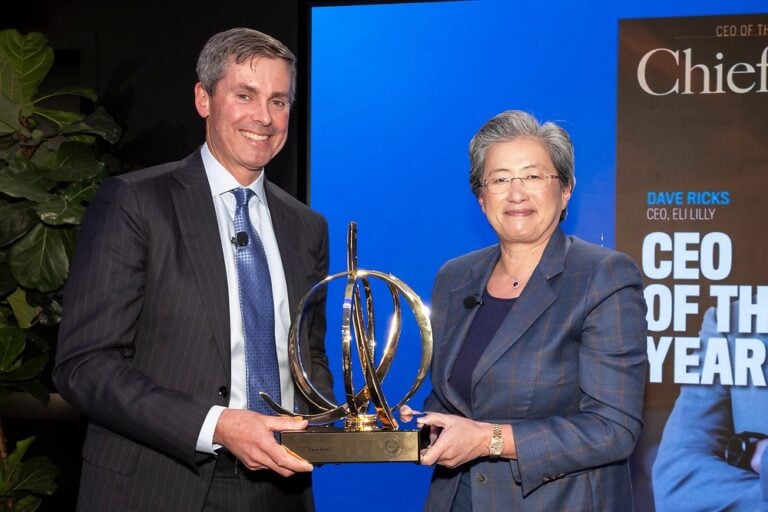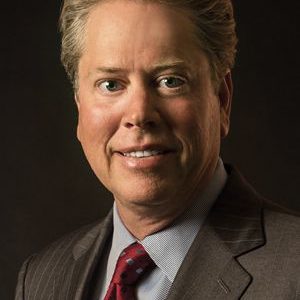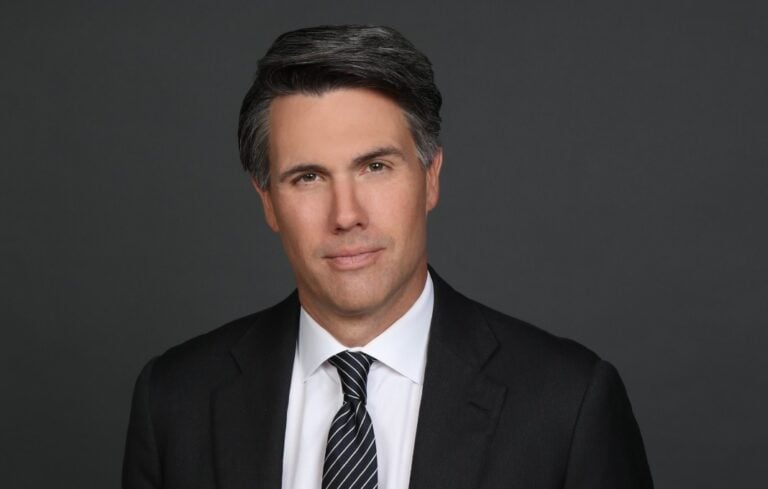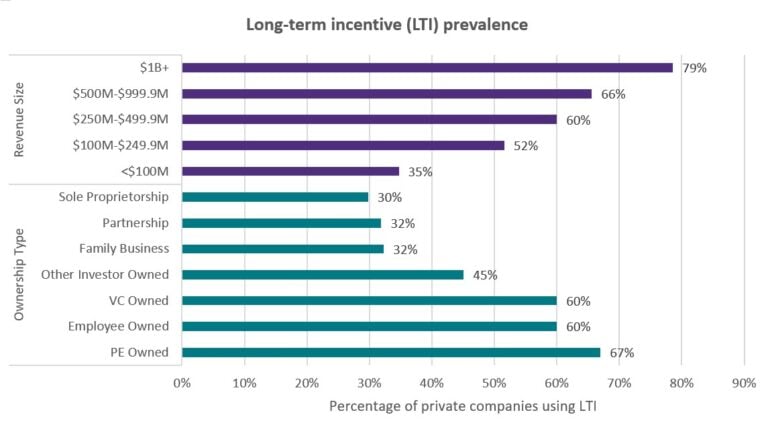
When the CEO of a large, well-known company asked if I would critique his resume, I couldn’t believe what I was reading: page after page of job descriptions. Nothing in this listing of companies, titles, and responsibilities captured anything about who he is and what distinguished his leadership. His resume just didn’t cut it.
The competition for jobs at the top of organizations remains fierce. Knowing the huge cost of hiring the wrong leaders, organizations need executives who have a full slate of leadership abilities, especially to motivate and inspire others. Understanding and articulating one’s capabilities doesn’t come from polishing the “rearview mirror” of what’s on the resume. More important is the view ahead. That’s why executives need to “lose the resume” (read: don’t expect it to be more than 10 percent of the job-search process). This document can never replace self-knowledge and the ability to communicate one’s strengths and weaknesses.
“The secret to success is learning about yourself and the truth of who you are.”
Know Thyself
Most people (including C-level leaders) have no clear idea of what they want next in their careers. They don’t have a handle on their strengths (often overstating them) and they don’t understand their blind spots and weaknesses (usually underestimating them). Without that clarity, they undermine their job search—or, worse yet, end up in the wrong position.
The secret to success is learning about yourself and the truth of who you are. Granted, most self-explorations are not much fun and definitely require the right attitude. In our business, we encounter even accomplished CEOs who resist formal assessments. Yet self-awareness is a key leadership skill and learning about one’s strengths and weaknesses is key to becoming a well-rounded leader.
When I think of people who were willing to engage in the process to truly know themselves, I’ve seen some amazing success stories. Some years ago, “Pamela” was the chief marketing officer of a retail chain and among the half-dozen internal candidates being groomed to possibly take over the CEO position within the next five years. While Pamela had definite strengths, particularly involving strategy and motivating people, she knew she had blind spots, such as developing her financial acumen. When the company wanted the leading succession candidates to be assessed against the requirements of the CEO position, Pamela embraced the process. The feedback was hard-hitting: The assessment revealed additional blind spots; she needed to work intensely on developing a global perspective and tolerating ambiguity.
To her credit, Pamela took it all in, knowing that if she wanted to advance in her career she needed to close these gaps. Within a week, she had a plan to get three stretch assignments from the CEO and was seeking bi-monthly feedback. To solidify her commitment, she hired a coach to work with her. Today, she is the CEO of a Fortune 1000 company.
None of these things would have happened for Pamela if she stayed with who she thought she was by virtue of the positions listed on her resume. Only by losing the resume and its inherent rearview mirror perspective could she gain a clear vision of her leadership and all she was capable of becoming.




0

1:00 - 5:00 pm
Over 70% of Executives Surveyed Agree: Many Strategic Planning Efforts Lack Systematic Approach Tips for Enhancing Your Strategic Planning Process
Executives expressed frustration with their current strategic planning process. Issues include:
Steve Rutan and Denise Harrison have put together an afternoon workshop that will provide the tools you need to address these concerns. They have worked with hundreds of executives to develop a systematic approach that will enable your team to make better decisions during strategic planning. Steve and Denise will walk you through exercises for prioritizing your lists and steps that will reset and reinvigorate your process. This will be a hands-on workshop that will enable you to think about your business as you use the tools that are being presented. If you are ready for a Strategic Planning tune-up, select this workshop in your registration form. The additional fee of $695 will be added to your total.

2:00 - 5:00 pm
Female leaders face the same issues all leaders do, but they often face additional challenges too. In this peer session, we will facilitate a discussion of best practices and how to overcome common barriers to help women leaders be more effective within and outside their organizations.
Limited space available.

10:30 - 5:00 pm
General’s Retreat at Hermitage Golf Course
Sponsored by UBS
General’s Retreat, built in 1986 with architect Gary Roger Baird, has been voted the “Best Golf Course in Nashville” and is a “must play” when visiting the Nashville, Tennessee area. With the beautiful setting along the Cumberland River, golfers of all capabilities will thoroughly enjoy the golf, scenery and hospitality.
The golf outing fee includes transportation to and from the hotel, greens/cart fees, use of practice facilities, and boxed lunch. The bus will leave the hotel at 10:30 am for a noon shotgun start and return to the hotel after the cocktail reception following the completion of the round.